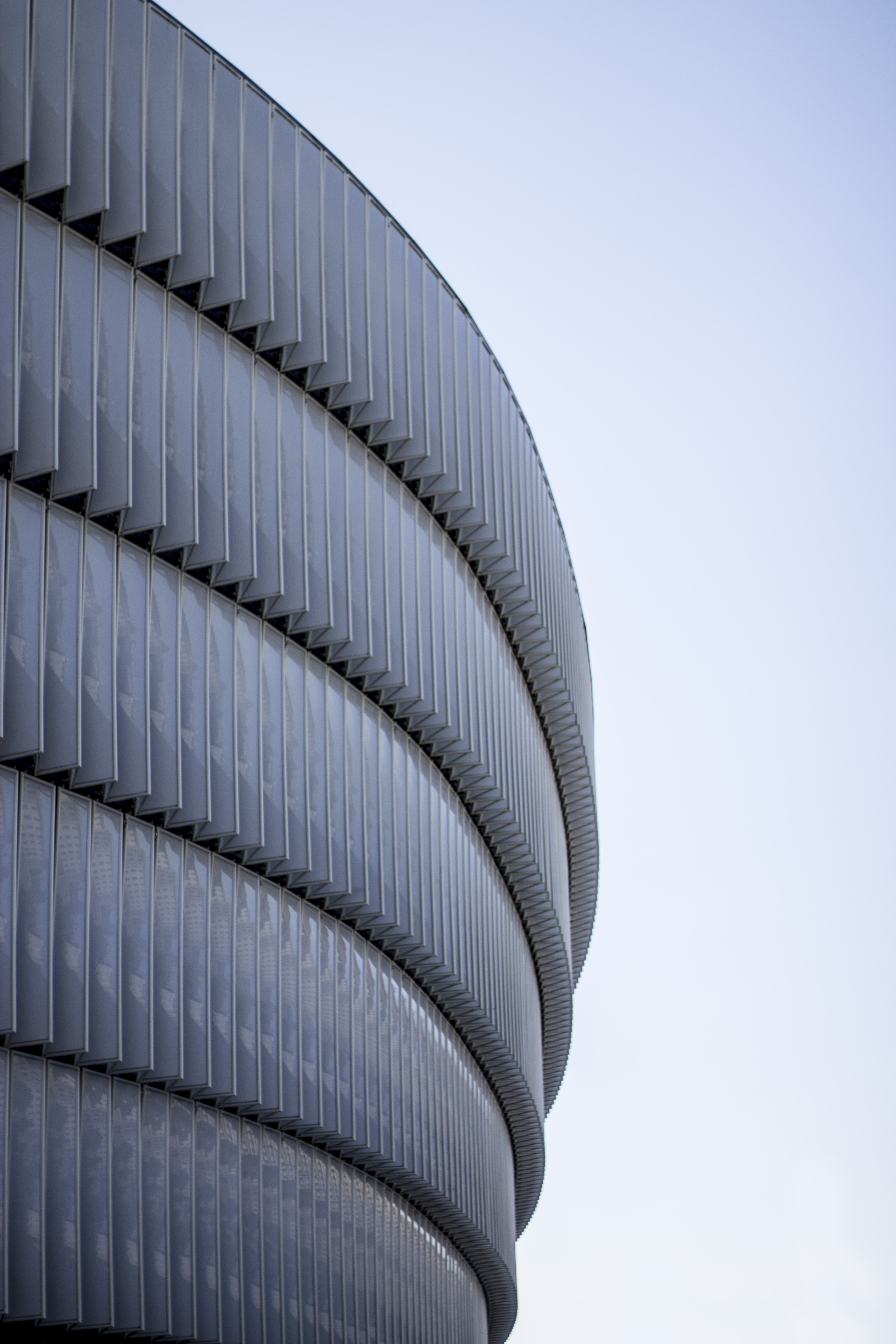Perhaps the worst part about anxiety is the physical symptoms that make it seem overwhelming and challenging to deal with. People with anxiety often experience symptoms such as elevated heart rate, muscle tension, rapid breathing, dizziness, excessive sweating, shortness of breath etc. While a combination of therapy and medication is the most effective way to manage anxiety, using exercises for anxiety disorder may often provide immediate symptomatic relief. What are some of the commonly recommended exercises that help individuals manage anxiety symptoms?
Table of Contents
ToggleImprove symptoms of anxiety
Those with no experience in breathing exercises or mindfulness can start with small steps and by adopting simpler techniques. One of the easiest exercises can be done while standing, sitting or lying down but must be practised daily to get the most benefit. It is preferred to do this exercise in relaxed clothing and a comfortable position. Breathe in gently through the nose to a count of five allowing the breath to flow deeply into your abdomen without exerting yourself. Then, without pausing, simply breathe out through the mouth to a count of up to five. This exercise can be done for a couple of minutes daily to calm anxious thoughts and refocus your attention.
Alternate nostril breathing
Pranayama is the science of ancient Yoga breathing practices. Alternate nostril breathing or Nadi shodhana is one such technique or breathing practice that is highly beneficial in managing symptoms of anxiety or panic attacks. It uses the principle of breathing through alternate nostrils one side at a time to centre the mind and relax the body. This type of breathing technique helps calm the sympathetic nervous system and refocuses anxious thoughts into our body and breath. Alternate breathing has a proven impact on alleviating symptoms of anxiety, stress, and depression through relaxation and recentering the mind, breath, and body.
4-7-8 breathing
The 4-7-8 breathing technique is again based on pranayama. Dr. Andrew Weil who developed this exercise refers to it as a natural tranquillizer for the nervous system. You can practice the 4-7-8 breathing anytime and anywhere, but at first, it is helpful to do it regularly. All you need to do is find a comfortable place to sit with your back straight, place your tongue against the back of your top teeth and keep it there. Now exhale completely through the mouth around the tongue making a whoosh sound and keeping your lips closed. Inhale through your nose to a count of 4 then hold your breath to a count of 7 and exhale completely through your mouth to a count of 8. Make a whoosh sound during exhalation. This is one cycle. You can repeat up to three cycles initially and then progress from there. Dr. Andrew Weil recommends practising this breathing anytime you feel stressed. You can also practice doing it before you respond to an upsetting situation or whenever you are feeling anxious.
Progressive muscle relaxation (PMR)
PMR is a deep relaxation technique that has been successfully used for anxiety, stress and insomnia. It also helps in easing symptoms of chronic pain. PMR uses a simple technique of tensing or tightening one muscle group at a time followed by a relaxation phase which releases the tension. Doctors use PMR with other treatments for symptom relief in several conditions including anxiety. Practitioners recommend tensing and relaxing muscle groups in a particular order, beginning with the lower end of the body and ending with the face, chest and abdomen. Anxiety relief is one of the most cited benefits of PMR. It works both for generalized anxiety disorder and/or anxiety triggered by a stressful situation. A recent study found that PMR reduced symptoms of anxiety, depression and stress in unemployed individuals while improving their feelings of well-being and quality of life.
Visualization
Positive visualization techniques can greatly alleviate symptoms of anxiety. Imagining a mental picture of a place or experience that makes you feel relaxed can physically calm your brain and body. The idea is to ‘visit your happy place’ figuratively. When you start feeling anxious, choose a quiet and comfortable place and think of your ideal happy place. This could be an experience from travel or your idea of a ‘soothing’ place. Choose an image that makes you feel calm, serene, happy and safe. You can even opt for guided imagery to help them draw this mental image at first. This exercise uses a recording that asks you to imagine that you are resting on a white sandy beach and feel safe, relaxed and calm as you think about the various elements of this experience. The visual imagery that you will be asked to focus on may include turquoise water, clear blue sky, the sound of soft waves gently rolling in, the warmth of soft sand on your feet, the sounds of birds chirping etc.
Conclusion
There is no substitute for therapy and medication when it comes to mental health conditions. However, many psychologist Calgary recommend meditation, breathing exercises and other techniques to help you cope with the symptoms when you are going through an anxiety attack.
